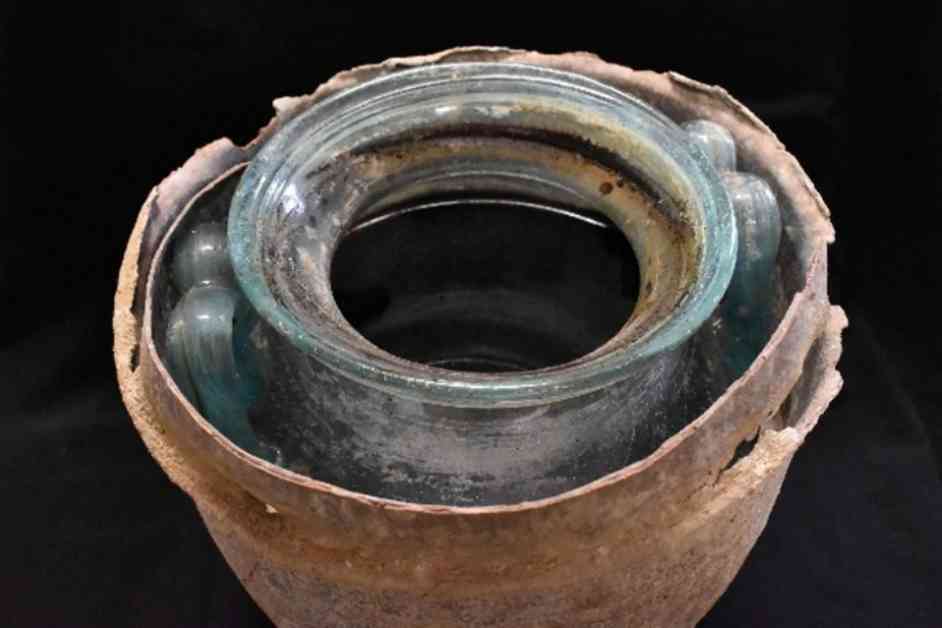In 2019, a surprising discovery was made by an excavation team in Carmona, Spain. An untouched burial chamber from the early first century C.E. was found at a construction site, revealing urns and grave goods, including a bottle with perfume residue and a glass urn filled with a reddish liquid. This liquid was identified as 2,000-year-old white wine, making it the oldest wine still in liquid form in the world.
The wine, found in the burial chamber alongside bone remains and a gold ring, was not suitable for drinking and was likely part of the original contents of the vessel. Chemical analysis confirmed the presence of polyphenols, indicating that the liquid was indeed wine. Interestingly, the absence of syringic acid suggested that the wine was white rather than red.
The researchers also noted the cultural significance of wine in the ancient world, particularly in religious rites and burials. The mineral profile of the liquid was similar to modern sherry and fino wines produced in the region, aligning with first-century Roman texts that mentioned the production of white wine in Baetica, the province where Carmona is located.
This extraordinary find sheds light on ancient winemaking practices and adds to our understanding of the role of wine in Roman society. The well-preserved burial chamber and its contents provide a glimpse into the past, offering valuable insights into the cultural and historical significance of wine in the region.
Overall, the discovery of the 2,000-year-old white wine in Carmona is a fascinating archaeological find that highlights the enduring legacy of winemaking in Spain and the importance of wine in ancient civilizations.






